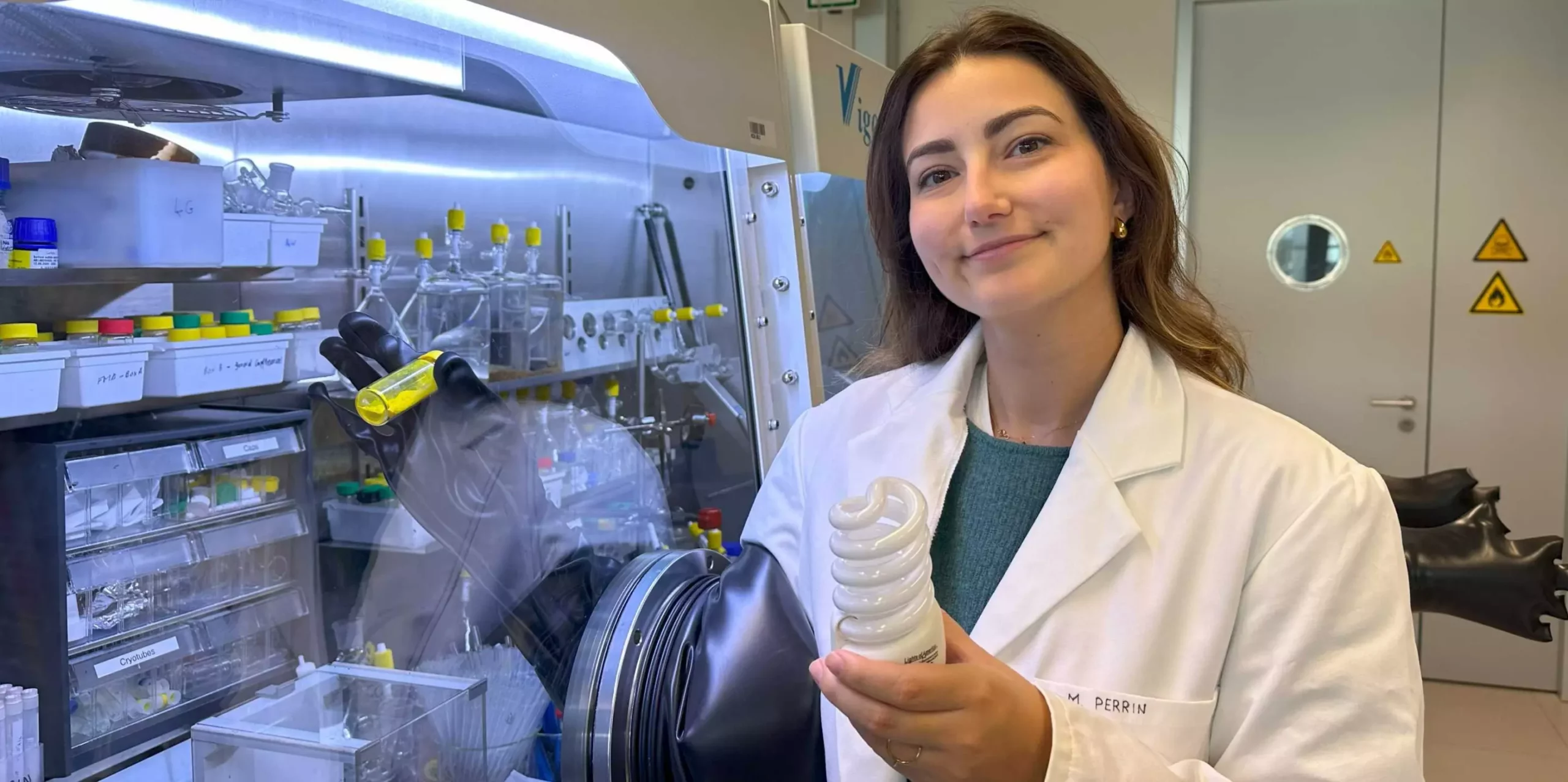In our technologically driven world, the term “rare earth metals” conjures images of hard-to-find, exotic elements hiding in the earth’s crust. However, the truth is far more intriguing and layered. Rare earth metals, consisting of 17 unique elements, are not only abundant in nature but are also pivotal in embracing the innovations driving our digital and renewable energy revolutions. Found within the intricate workings of smartphones, computers, wind turbines, and electric vehicles, these metals are the silent workhorses of modern technology. Their significance extends beyond mere industrial application; they are crucial to sustainability and are vital in reducing global carbon footprints.
Despite their importance, a global dependency has emerged, particularly in Europe, where there is an overwhelming reliance on imports from China. This dependence poses a significant risk, as geopolitical tensions and trade uncertainties can disrupt supply chains for these essential materials. Alarmingly, while these metals are employed in high-technology applications, the processes to extract and recycle them are fraught with inefficiencies and environmental consequences that are increasingly hard to justify.
The Challenges of Extraction
The extraction of rare earth metals is undeniably complicated. These elements are rarely found in their pure form; rather, they exist as compounds within natural ores. The physical and chemical similarities among the rare earth elements compound the difficulty of separation. Traditional methods involve laborious processes that are not only energy-intensive but also environmentally hazardous. They necessitate a multitude of chemical treatments and extraction steps, often resulting in extensive waste and high operational costs.
Adding to this complexity, the recycling of these valuable metals remains astoundingly low in Europe. A significant percentage of electronic waste—a potential treasure trove of rare earth metals—ends up polluting landfills rather than being recovered and reused. According to Victor Mougel, a professor specializing in inorganic chemistry, there is an urgent need for innovative, sustainable solutions that would allow for the effective separation and recovery of these vital resources. The impending depletion of existing ore sources makes it imperative to find ways to reclaim these elements from waste products.
Pioneering New Recycling Techniques
In a groundbreaking move, a team of researchers led by Mougel has proposed a revolutionary method to separate europium, a critical rare earth metal, from complex mixtures containing other elements. Their approach is not merely a marginal improvement but promises to enhance efficiency by up to fifty times compared to existing methods. At the heart of this innovation lies the compound tetrathiometallates—small inorganic molecules that boast unique properties allowing for a remarkably streamlined extraction process.
Inspired by biomimicry, these tetrathiometallates function as natural ligands in enzymes, facilitating the binding of various metals. In the context of europium extraction, these compounds reduce europium to its divalent state, thus easing its separation from other trivalent metals. This novel technique has the potential to revolutionize how we approach rare earth metal recovery from e-waste, such as old fluorescent lamps. With fluorescent lamps set to be phased out, the previous market demand for europium has stifled recycling efforts; however, this new method opens the door to re-utilizing what would otherwise be considered waste.
The Urban Mine: Recycling Electronic Waste
The concept of viewing electronic waste as an “urban mine” is gaining traction, particularly in light of recent developments in recycling technology. Lamp waste in Switzerland, for instance, could be transformed into a plentiful source of europium rather than being discarded. The irony is palpable; what has been viewed as garbage can actually foster a new industry and create economic opportunities. With recovery rates for rare earth elements currently languishing below one percent in the EU, tapping into these promising sources is not just advantageous—it is necessary.
The environmental benefits of adopting such technologies cannot be overstated. Recycling rare earth metals using more eco-friendly methods drastically cuts down on the destructive impacts associated with traditional mining and extraction. Mougel and his team have already received recognition for their work, including patents for the technology and plans to launch a start-up called REEcover, aiming to commercialize this innovation further.
Looking Ahead: A Circular Economy for Rare Earth Metals
The efforts to bridge the gap between the demand for rare earth elements and their sustainable recovery unfold within a larger narrative: the establishment of a circular economy. By focusing on recycling and reusing materials rather than exhausting finite resources through traditional mining, society can foster an industrial ecosystem that values sustainability and responsibility.
As researchers like Marie Perrin continue to push the envelope, the potential to adapt these recovery methods for other critical elements like neodymium and dysprosium—essential for magnets—remains a tantalizing possibility. This paradigm shift towards sustainability and innovation is not just a calling, but a necessity as we navigate the challenges of future resource shortages and environmental impact. The journey toward a more sustainable future is laden with possibilities that hinge upon new technologies to reclaim the treasures hidden within our waste.


Leave a Reply